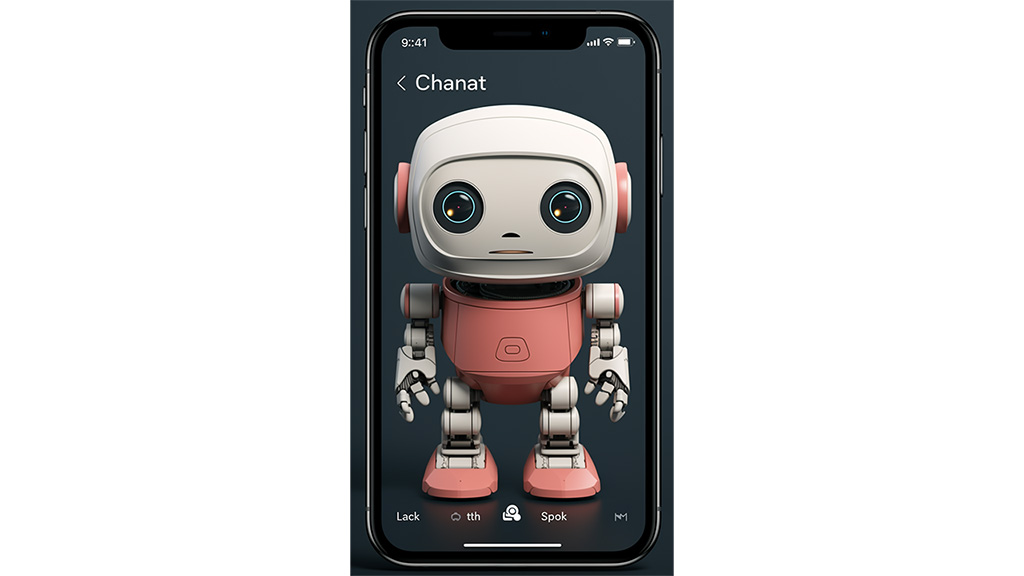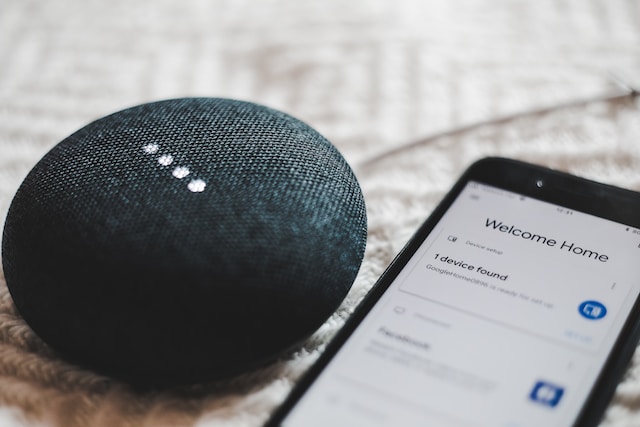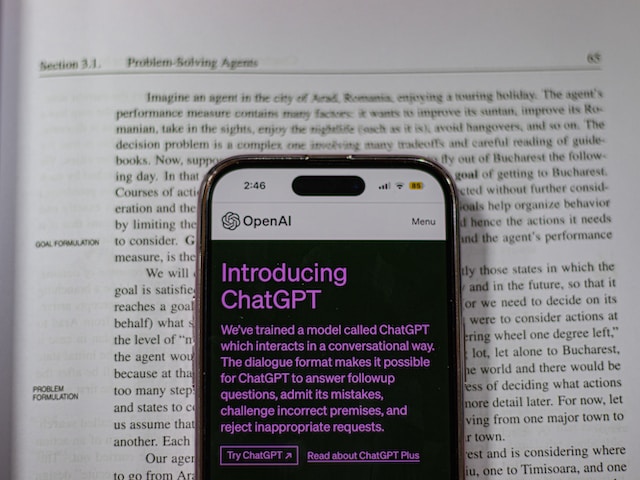Top 6 AI Technologies That Revolutionizing Our World in 2024
In the ever-evolving landscape of technology, the introduction of Artificial Intelligence (AI) has reshaped the way we interact with the world around us. Among the various AI tools, ChatGPT is one of the most standout tools. As we dive into the fascinating world of AI, let's explore the top 6 types of AI technologies that shock the world in 2024.
1. Natural Language Processing (NLP) and Chatbots
Natural Language Processing (NLP) drives the development of technologies that enable machines to comprehend, interpret, and respond to human language. One of the prime examples of NLP is ChatGPT. What sets ChatGPT apart is its ability to understand and generate human-like text accurately. This innovation has found diverse applications across industries, with one of its most notable impacts being the invention of chatbots.
Powered by NLP, chatbots have reshaped the landscape of customer support and engagement. By providing instant responses and personalized interactions, these intelligent chat systems can enhance user experiences across various sectors. Businesses leverage NLP-driven chatbots to streamline communication and offer efficient support to customers. In addition to customer support, NLP's influence also reaches into creative domains such as content creation and writing. As we navigate this era of advanced language understanding, NLP and chatbots continue to redefine how we interact with technology.

2. Computer Vision
Computer vision is another groundbreaking AI technology that allows machines to interpret and understand visual information from the world. This technology is widely used in facial recognition systems, object detection in images, and even autonomous vehicles. Its applications span various domains, from surveillance and security to healthcare and manufacturing. The ability of machines to understand visual data opens new possibilities, enhancing efficiency and safety in diverse fields.
3. Machine Learning and Predictive Analytics
Machine Learning is an AI technology that fundamentally alters the way systems acquire knowledge and make decisions. Machine Learning or ML empowers machines to learn from vast datasets, uncover patterns, and make wise choices without explicit programming. The versatility of ML has propelled its integration into various industries. One of the most impactful applications of ML is in predictive analytics. It is a sophisticated subset that harnesses historical data to forecast future trends and behaviours.
Driven by ML algorithms, predictive analytics has become a cornerstone in industries ranging from finance to healthcare and marketing. In finance, ML models analyze market data and guide investment decisions. This helps to enhance financial strategies and contributes to more informed risk management. In healthcare, predictive analytics aids in early disease detection by analyzing patient data. Moreover, businesses leverage ML-powered predictive analytics to optimize marketing strategies. By analyzing customer behaviour and preferences, companies can tailor their campaigns and offer products that resonate with their target audience. The marriage of machine learning and predictive analytics is empowering various industries to anticipate future developments and make data-driven choices.
4. Speech Recognition
As a subset of NLP, speech recognition technology has gained prominence in recent years. Today, voice-activated virtual assistant is a common feature in our lives. From smart home devices to interactive customer service systems, speech recognition enables machines to understand and respond to spoken language. The accuracy and efficiency of these systems continue to improve. It paves the way for hands-free interactions and accessibility features for individuals with disabilities.

5. Robotics and Automation
The integration of Artificial Intelligence into robotics has ushered in a new era of automation. It transforms the way we approach various industries and tasks. Robotics has the potential to revolutionize manufacturing processes, routine tasks, and even hazardous operations. One of the primary benefits of this integration is the precision with which robots can execute complex operations. In manufacturing, AI-powered robots enhance production lines, leading to increased output, reduced errors, and enhanced product quality.
Beyond manufacturing, AI-driven robotics is making significant strides in areas where human involvement may pose challenges. From hazardous environments to delicate surgeries in healthcare, robots can perform tasks with unparalleled reliability. As we venture further into the age of Industry 4.0, the convergence of robotics and AI is reshaping the workforce. It emphasizes a collaborative coexistence where human creativity and critical thinking complement the efficiency of AI-driven machines.
6. Generative AI
Generative AI is a category of artificial intelligence that involves machines creating new and original content, whether it be text, images, music, or other forms of data. Unlike traditional AI systems that rely on pre-programmed rules, generative AI leverages advanced algorithms to generate content that has not been explicitly programmed beforehand. This capability allows machines to exhibit a level of creativity and innovation. Machines can now produce outputs that can be indistinguishable from those created by humans.
One of the key technologies within generative AI is deep learning. It is a subset of machine learning that involves neural networks with multiple layers. These networks can analyze and learn patterns from vast amounts of data, enabling the generation of novel content based on the learned patterns. Notable examples of generative AI include text generators like OpenAI's GPT models. The models can produce contextually relevant text. On the other hand, image generators can create realistic images or even deepfake videos.
In creative fields, generative AI can assist artists, writers, and musicians by providing inspiration, generating drafts, or even collaborating on creative projects. In practical applications, generative AI can be used for content creation, data augmentation, and scenario simulation.

Conclusion
As AI technologies continue to evolve, their impact on our daily lives becomes increasingly profound. From chatbots to the predictive insights derived from machine learning, AI is reshaping industries and pushing the boundaries of what we thought possible.
While these advancements are undeniably impressive, they also raise important questions about ethics and the potential societal impact of widespread AI adoption. As we navigate this technological frontier, it is crucial to approach AI with a responsible mindset. These powerful tools should only be harnessed for the benefit of humanity.